Introduction
Every quarter, you’re asked to do more with less. You tighten processes, shift priorities, and send the “we value your work” emails, and yet, engagement scores barely move. People don’t care about pizza Fridays. They care about doing work that matters, being trusted, and not drowning in repetitive crap.
Here’s the frustrating part: The problem isn’t your culture. It’s the noise, the mindless busywork, the endless Slack messages, the manual follow-ups that bury your team in low-value tasks. That’s what’s quietly killing engagement.
This is where AI comes in. Not as a gimmick. Not as a chatbot. As a set of tools that make real work less miserable. According to McKinsey, Companies that use AI to automate routine tasks see a 20–40% increase in employee satisfaction.
In this post, we’ll walk through how AI can improve employee engagement — not in theory, but in clear, practical ways. You’ll see where it fits, how it works, and what it changes. No jargon. Just a straightforward look at what’s broken and how to fix it.
Why Engagement Is Actually Dropping — Even If You’re “Doing the Right Things”
Here’s a sharper breakdown of the real pain your reader (COO, Head of Ops, Partner, etc.) is dealing with, based on what we hear in strategy calls all the time.
Core Problems Killing Engagement Today:
1. Too Much Low-Value Work
People are stuck doing repetitive tasks that don’t require their brains. Status updates, data entry, inbox triage, Slack follow-ups — all time-sucking noise.
2. Context Switching Is Out of Control
Tools are fragmented. Teams toggle between Slack, Notion, CRM, email, Asana, and meetings. This constant jumping wrecks focus and drains cognitive energy.
3. Lack of Visibility Creates Bottlenecks
Employees don’t know where work stands. Managers miss follow-ups. Decisions stall. Everyone spends more time tracking work than doing it.
4. Feedback Is Delayed or Generic
Managers are too busy. So, feedback comes late, or not at all. That leads to disengagement, second-guessing, and attrition.
5. No Room for Deep Work
Between meetings, pings, and admin tasks, most people don’t get real focus time. They’re reacting all day, not thinking or solving.
6. Burnout Signals Get Missed
By the time someone speaks up (if they do), it’s too late. The signs were there, but buried in noise.
These aren’t “employee happiness” problems. They’re workflow and process problems and they’re the real reason morale tanks and performance drags.

What Transformation Happens When AI Is Incorporated?
Let’s get specific. Five high-friction areas kill engagement across companies. Each of them can be tackled with AI in a way that saves time, reduces noise, and gives people more room to do work that matters.
1. Automating Repetitive, Soul-Sucking Tasks
Think about the tasks nobody wants to do:
- Logging call notes into a CRM
- Compiling status updates for Monday meetings
- Manually tracking document versions
- Chasing down approvals
These aren’t strategic. They’re just…required. And they take up an absurd amount of time.
AI can handle most of this. At Kuhnic, we’ve built AI agents that monitor Slack, email, and CRMs, pulling out relevant updates, summarizing them, and dropping them into the right format, without human input.
Example: A client in legal consulting saved 12 hours per week, per manager, by replacing weekly update prep with an AI-generated summary pulled from their daily communications.
2. Reducing Context Switching
Context switching is a silent killer. It’s not just the time lost switching tabs. It’s the mental reset each time someone moves from deep work to status pings to Slack noise and back.
AI can help by:
- Grouping and summarizing messages by project or urgency
- Highlighting only what’s changed since your last login
- Automatically flagging decisions or blockers
This creates one clean surface instead of 15 open tabs. Your team doesn’t have to hunt for what matters; it’s served to them.
Result: More flow time, less stress, better work.
3. Personalizing Support Without More Managers
As teams grow, people often feel like they’re just another cog. Managers are stretched. One-on-ones get rushed. Feedback is delayed.
AI can’t replace good leadership. But it can assist. Think of it like a smart chief of staff for each person.
- Tracks work patterns and flags burnout risks early
- Reminds managers when someone hasn’t had feedback in a while
- Suggests nudges based on productivity and morale trends
- Offers coaching prompts based on goals or bottlenecks
Used well, this doesn’t feel creepy; it feels like care. Because the support gets better, not more generic.
One client in cybersecurity used AI to monitor ticket velocity and team sentiment. When it dipped, managers got real-time nudges. Within a quarter, engagement scores rose 9%, and retention stabilized.
4. Giving People Back Their Focus
Engagement isn’t just about doing fun work. It’s about doing work that matters and being allowed to finish it.
That means fewer pings. Fewer “just checking in” emails. Fewer interruptions.
AI can help here too:
- Summarizes async threads so people don’t need to read 20 messages
- Flags only the parts they’re tagged in
- Schedules smart no-interruption blocks based on workload
Net effect: people get actual focus time. Their calendar breathes. They get to work like adults again.
5. Closing the Loop Faster
One of the most frustrating things for any team? Doing work and then…waiting.
Waiting on feedback. Waiting on decisions. Waiting on someone to check their inbox.
AI can speed this up:
- Notifies the right people when action is needed
- Suggest responses to unblock someone
- Tracks unresolved threads and auto-escalates after X days
It’s like having a silent, relentless project coordinator keeping things from falling through the cracks.

So What Actually Changes?
When AI is integrated properly, not as a shiny tool, but as a functional layer built into your workflows, the changes aren’t theoretical. They show up in daily operations. Here’s what that actually looks like, point by point.
1. People stop doing the same task 10 times
Before:
Your team writes a client update, copies it into an email, pastes it into a slide deck, then summarizes it again in a weekly report.
After:
AI auto-generates the client update, summarizes it for internal use, and sends a formatted version to both Slack and email. One task, done once, distributed everywhere.
Result:
Hours saved each week, less grunt work, and fewer errors.
2. You don’t have to ask, “Where does this stand?”
Before:
Status checks happen in meetings, emails, Slack threads, Notion comments — scattered and delayed. You waste time chasing updates.
After:
AI tracks project activity across tools, generates real-time summaries, and flags anything that’s stalled.
Result:
You see what’s moving, what’s blocked, and who’s waiting on what — without a single meeting.
3. Managers manage less, lead more
Before:
Team leads spend hours pulling together status reports, checking task progress, sending reminders, writing performance reviews from memory.
After:
AI does the collection. It drafts weekly summaries, sends nudges for overdue work, and gives visibility into trends.
Result:
Leads get their time back. Instead of micromanaging, they coach and support. That’s what people actually want from their managers.
4. Feedback loops shorten from weeks to minutes
Before:
Employees wait weeks for recognition or input. Feedback comes late or not at all. That erodes motivation.
After:
AI picks up on wins — finished a big task, hit a milestone, cleaned up a messy backlog — and prompts managers to comment or check in. It can even draft a quick “nice work” message to personalize.
Result:
Recognition becomes timely. People feel seen. That’s a huge lift for engagement.
5. Burnout gets flagged before it becomes a resignation
Before:
You don’t know someone’s struggling until they’re already out the door. Maybe they went quiet. Maybe they just shut down.
After:
AI notices patterns: long hours, drop in output, missed deadlines. It flags it quietly — not to spy, but to signal something might be off.
Result:
You act early, check in, and support. You keep good people instead of losing them.
6. Focus time becomes real, not aspirational
Before:
Everyone talks about “protecting focus time,” but meetings, pings, and admin kill it by 10 a.m.
After:
AI identifies windows of availability, workload levels, and nudges teams to protect deep work blocks. It can even auto-snooze notifications during critical tasks.
Result:
People finally get time to think, write, solve, not just respond.
7. Repetition gets replaced with results
Before:
The same manual update routines, reminders, and reports, week after week. No one questions it — it’s just how it’s always been done.
After:
AI handles the repetition. People focus on fixing the real bottlenecks, not documenting them.
Result:
Work moves faster. People feel less drained. Quality improves.

Conclusion
If engagement feels stuck, it’s probably not your people — it’s their workload. AI isn’t a silver bullet, but used right, it clears the junk out of their day so they can do work that matters. That’s what makes them stay. And that’s what makes everything else work better.
Want to see how this works inside your business? Book a 20-minute walkthrough with an expert at Kuhnic. No fluff. Just clarity.
FAQs
1. How does Kuhnic apply AI to real employee engagement problems?
We build custom AI automations that connect directly to your current tools — Slack, Notion, CRMs, calendars. We use AI to reduce repetitive tasks, improve internal communication, and give employees more space to focus. It’s not plug-and-play. It’s tailored to your business.
2. What kind of results has Kuhnic delivered for clients using AI?
We’ve helped clients reduce weekly status update time by 70%, cut onboarding tasks by 40%, and increase internal survey engagement by 20–30%. All without adding headcount or new tools.
3. Is AI going to replace our employees?
No. AI at Kuhnic is used to remove low-value work, not replace people. Our goal is to give teams more time to think, solve problems, and build.
4. How long does it take to set up an AI automation with Kuhnic?
Most projects take 2–4 weeks from discovery to launch. We handle the mapping, build, and testing. You don’t need to write prompts or learn a new system.
5. What makes Kuhnic different from off-the-shelf AI tools?
We don’t sell software. We build custom automations for specific use cases inside your business. You get something that fits your workflow — not a one-size-fits-none solution.




